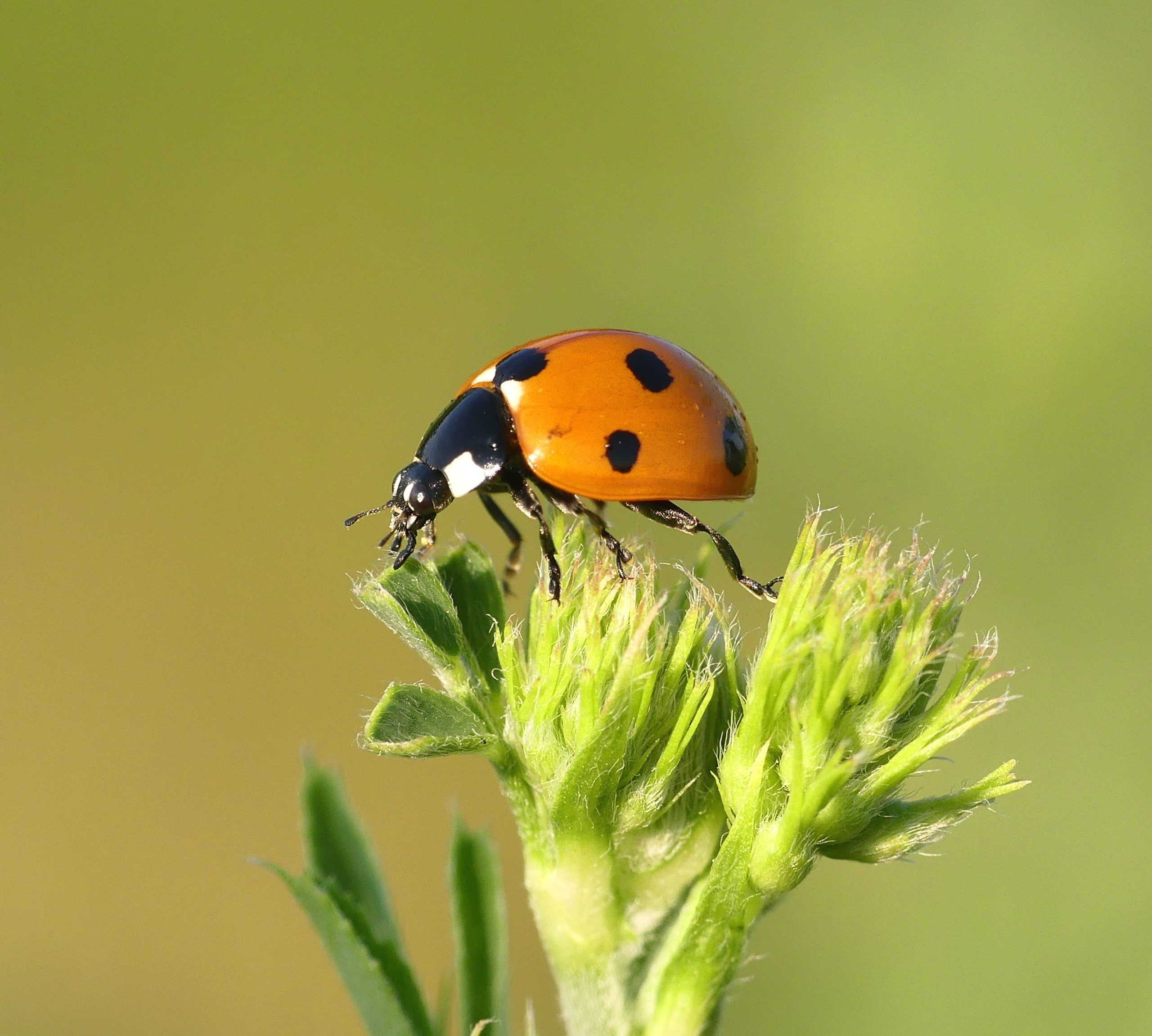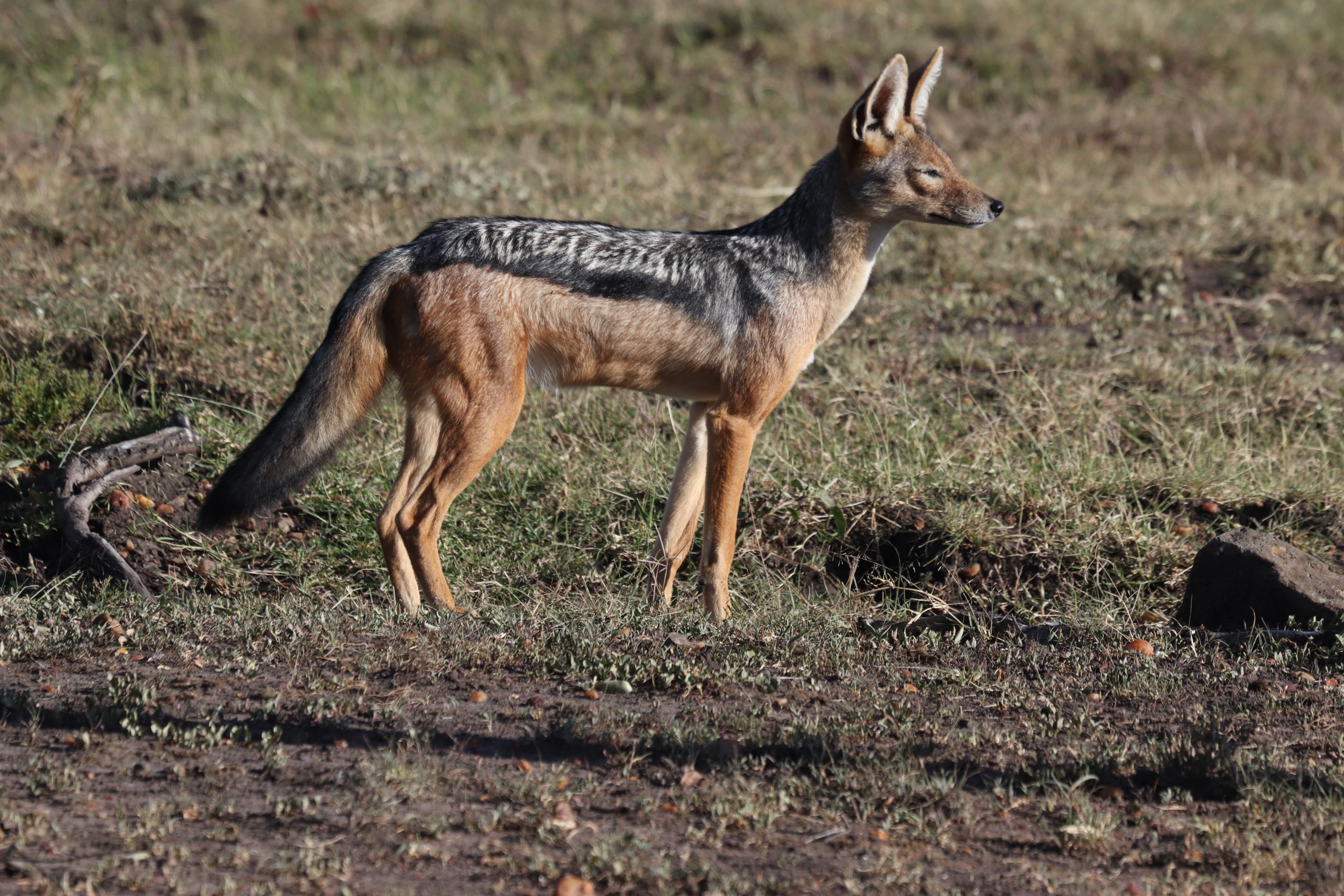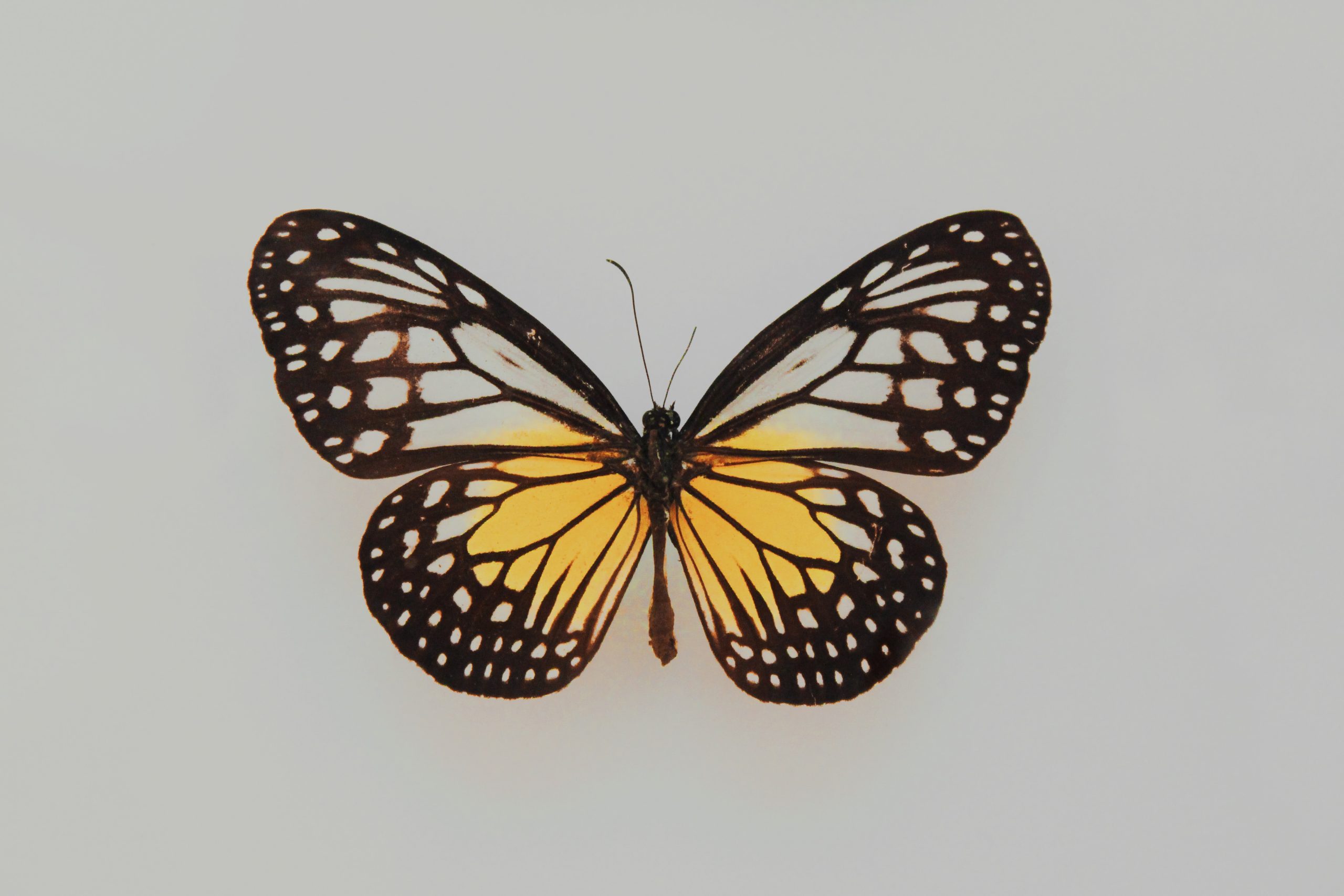Ladybugs, also known as ladybirds, are beloved by many for their cute appearance and reputation as a symbol of good luck. But did you know that these colorful insects have a variety of surprising characteristics and behaviors? Here are 10 fascinating facts about ladybugs that you may not have known before.
- Ladybugs come in a range of colors.
When most people think of ladybugs, they envision the classic red and black variety. However, ladybugs can actually come in a range of colors, including yellow, orange, pink, and even black. Some species of ladybugs also have spots that are more square-shaped or elongated than the round spots typically associated with ladybugs.
- Ladybugs are carnivorous.
While many people assume that ladybugs feed on plants like other insects, they are actually carnivorous predators. Ladybugs primarily eat aphids and other small insects, using their sharp mandibles to crush their prey. A single ladybug can eat up to 50 aphids in one day!
- Ladybugs are not bugs.
Despite their name, ladybugs are not actually classified as true bugs. Instead, they belong to the family Coccinellidae, which includes around 5,000 different species of beetles.
- Ladybugs can secrete a foul-smelling substance.
When threatened, some species of ladybugs can secrete a foul-smelling yellow substance from their joints. This substance is meant to deter predators from attacking them and can be quite effective at keeping ladybugs safe from harm.
- Ladybugs have a unique life cycle.
- Ladybugs go through a complete metamorphosis, starting as eggs before hatching into larvae, pupating, and eventually emerging as adult ladybugs. The entire process can take several weeks to several months, depending on the species.
- Ladybugs are considered beneficial insects.
Because they primarily feed on aphids and other small insects, ladybugs are considered beneficial insects for gardeners and farmers. They can help control pest populations and reduce the need for pesticides.
- Ladybugs can fly.
Ladybugs are not only capable of flight, but they are also quite fast and agile in the air. They use their wings to hover, take off, and land, and can reach speeds of up to 37 miles per hour.
- Ladybugs hibernate in the winter.
During the winter months, many species of ladybugs hibernate in groups to conserve energy and stay warm. They will often gather in large groups under rocks, in leaf litter, or inside buildings.
- Ladybugs can be raised as pets.
Some people raise ladybugs as pets, providing them with a habitat and a steady supply of aphids to eat. While it may seem like an unusual choice of pet, ladybugs can actually make quite interesting and low-maintenance companions.
- Ladybugs are revered in many cultures.
Throughout history, ladybugs have been revered as symbols of good luck and fortune in many different cultures. In some parts of the world, seeing a ladybug is believed to be a sign of a bountiful harvest or a happy marriage.
In conclusion, ladybugs may be small, but they are certainly mighty when it comes to their surprising characteristics and behaviors. From their colorful appearance to their carnivorous diet and unique life cycle, these insects have much to offer in terms of intrigue and fascination. Next time you spot a ladybug, take a moment to appreciate all of the fascinating facts that make these little creatures so special.










